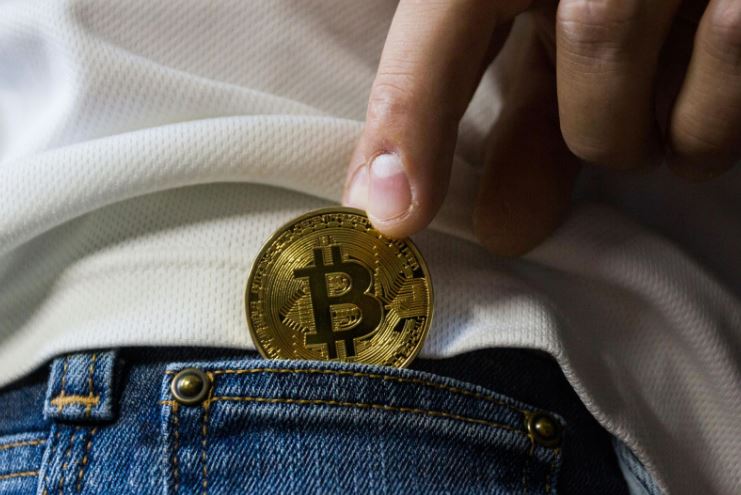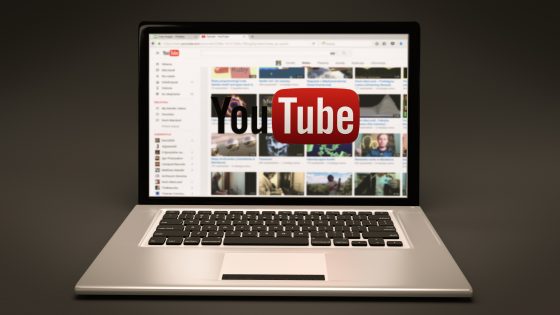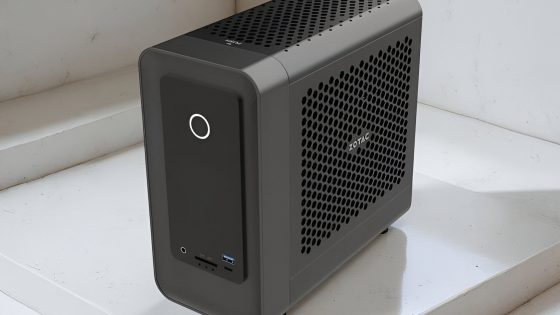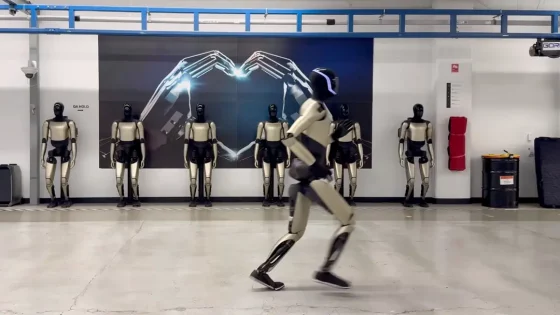How cryptocurrency market capitalization works

Ethereum’s price has regained momentum in recent days, rising by about two percent. While it may seem like a small move, the surge is enough to once again catch investors’ eyes, fuel speculation, and spark new waves of analysis. Some are even speculating that the cryptocurrency could approach $16,000 in the near future—a figure that until recently would have been considered too pessimistic. But what really drives such swings? It’s often more than just the emotional reactions of traders or social media posts. There’s a mechanism quietly at work in the background that often goes unnoticed: market capitalization.
If we want to understand why cryptocurrency market values are changing, why Ethereum is growing, and why Bitcoin is still the reference point for the entire market, we must first delve into the logic behind it – the dynamics of market capitalization.
What does market capitalization really mean in cryptocurrencies?
Market capitalization is one of those terms that often appears in the headlines of analyses and commentaries, but no one explains it clearly enough. It is an estimate of the total value of all tokens or coins of a particular cryptocurrency that are in circulation at a given moment. The calculation is simple – you take the current market price of one coin and multiply it by the number of coins available on the market. If a token has a price of 2 euros and there are 5 million of them in circulation, then its market capitalization is 10 million euros.
Because of this simple formula, market capitalization often acts as a reflection of shared trust. If a project grows in value, it's not necessarily because it offers something revolutionary - sometimes it's simply because of an emotional market response, a media push, or a viral post that moves things along. Meme coins they are an ideal case study of how market capitalization can grow rapidly.
Let’s take a look at two interesting examples – Token6900 and Snorter Bot. Token6900 combines internet humor, references, and the culture of online jokes into a coin that acts almost like a digital collective joke. Snorter Bot, on the other hand, goes a step further and offers practical functions in the Telegram environment. In its case, it is a mix of functionality and identity, which makes investors see more potential – which is of course also reflected in its market capitalization.
To better understand market capitalization, it’s not enough to just look at projects with online charisma. Let’s take a look at Bitcoin – a complete opposite in spirit, but a great comparison. Bitcoin has a strictly limited number of coins – 21 million – of which there are currently just under 20 million in circulation. When you combine this limited supply with high demand and a high price per coin, you get the result: a market capitalization that often hovers around a trillion dollars.
Why market capitalization really says something
When we look at the world of cryptocurrencies through numbers, one of the first things we come across is market capitalization. In reality, it is not just a statistic, but a very insightful indicator that can reveal a lot about the dynamics of an individual project. It shows how deeply a cryptocurrency is anchored in investor trust, how much money is circulating around it, and what weight it has in the broader market context.
It often happens that investors see a coin with a low price – maybe a few cents – and assume that it is an undervalued opportunity. If we do not take into account the market capitalization, this assessment can be easily misinterpreted. The price of one token does not mean much when there are billions in circulation. And vice versa – even more expensive coins can be a more affordable investment if their total supply is limited.
Changing capitalization: a movement that never stands still
Market capitalization is not something that is written down on paper and stays there. On the contrary, it changes all the time, along with price fluctuations and the inflows or outflows of coins on the market. When the value of a coin increases, this is usually followed by an increase in capitalization. This means that increased investor interest is directly reflected in the perceived size of the project.
For example, recent weeks have brought a moderate but significant Ethereum price growthThis 2% jump may be modest in numbers, but at the level of capitalization it represents a shift that revives the market, sparks new speculation and raises questions about the next wave of growth.
Therefore, it is important to know that market capitalization is not an end result, but a process in motion, where price and volume together write the story of the project.
Types of capitalization: how to recognize where a project stands
Investors often use market capitalization as a starting point for understanding the relationship between risk and opportunity. Depending on how large a project's capitalization is, its behavior is also expected in certain market conditions.
Larger projects are those with a value exceeding $10 billion. These typically offer stability, high liquidity, and a long track record that gives investors a sense of security.
Mid-cap, i.e. between 1 and 10 billion, opens the door to projects that have already passed the initial growth phase but have not yet reached full maturity. These projects often attract investors looking for a balance between profit potential and manageable risk.
At the other end of the spectrum are projects with low market caps – often new ideas, fresh teams or experimental solutions. In this category, returns can skyrocket quickly, but they can also disappear just as quickly if interest wanes or an unexpected turn of events occurs.
The content of the article is not financial advice or a recommendation to buy/sell cryptocurrencies. All information is provided for educational purposes only. Mention of individual investment instruments, cryptocurrencies, stocks, funds, precious metals, may be included only for the purpose of describing the idea or for educational purposes.






























